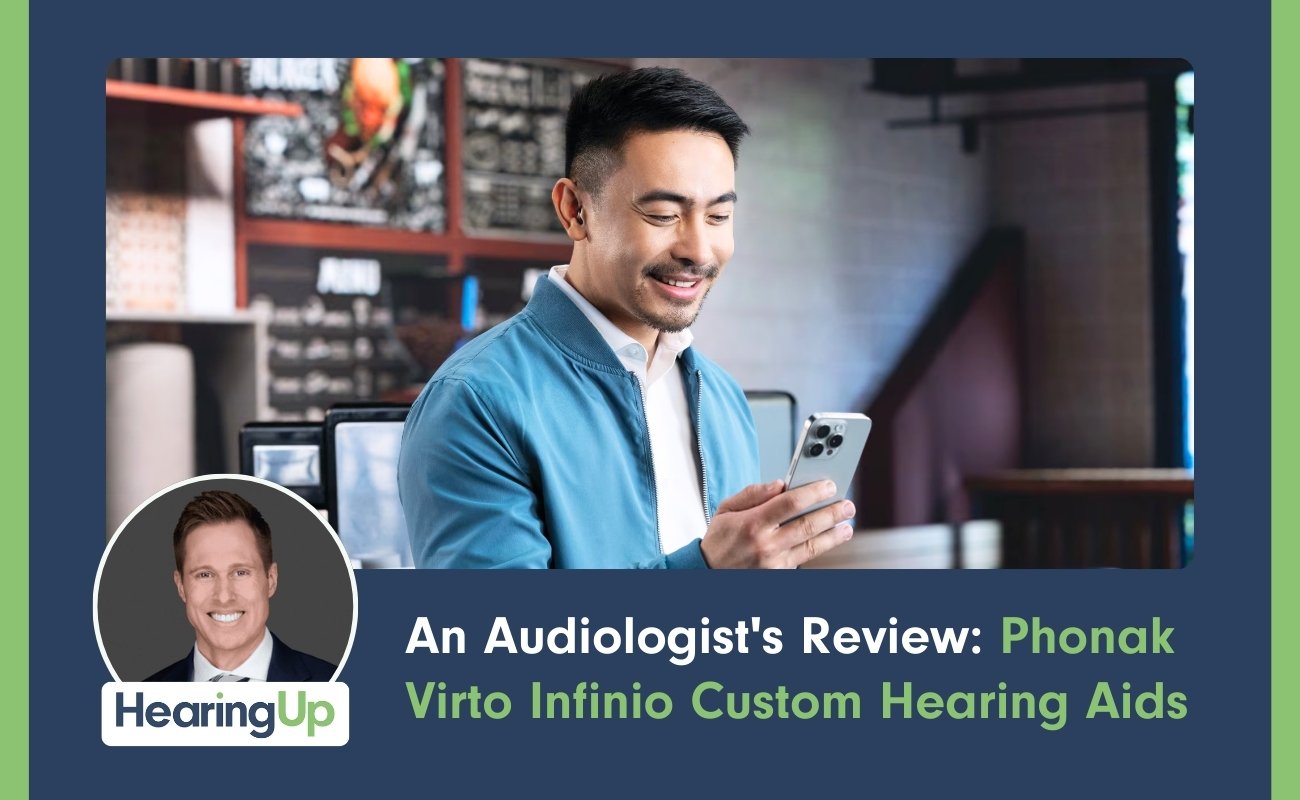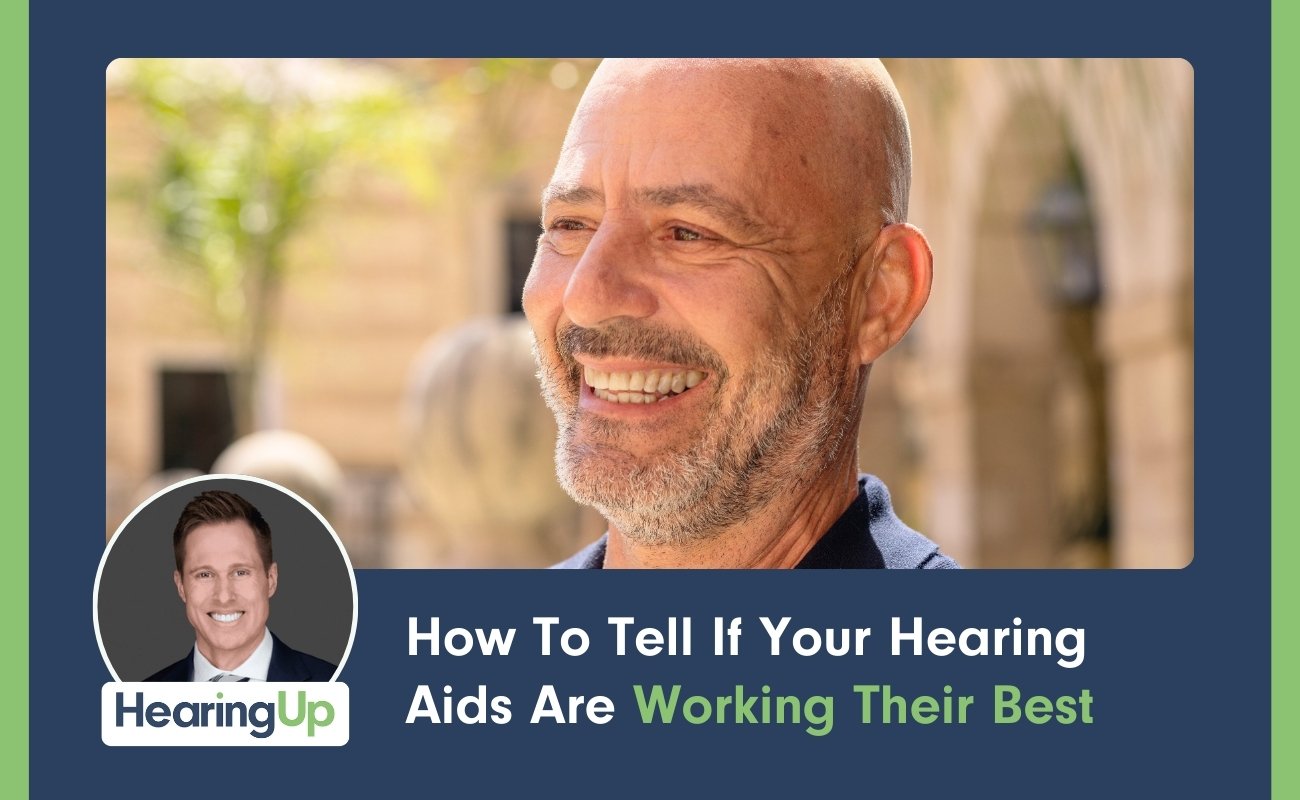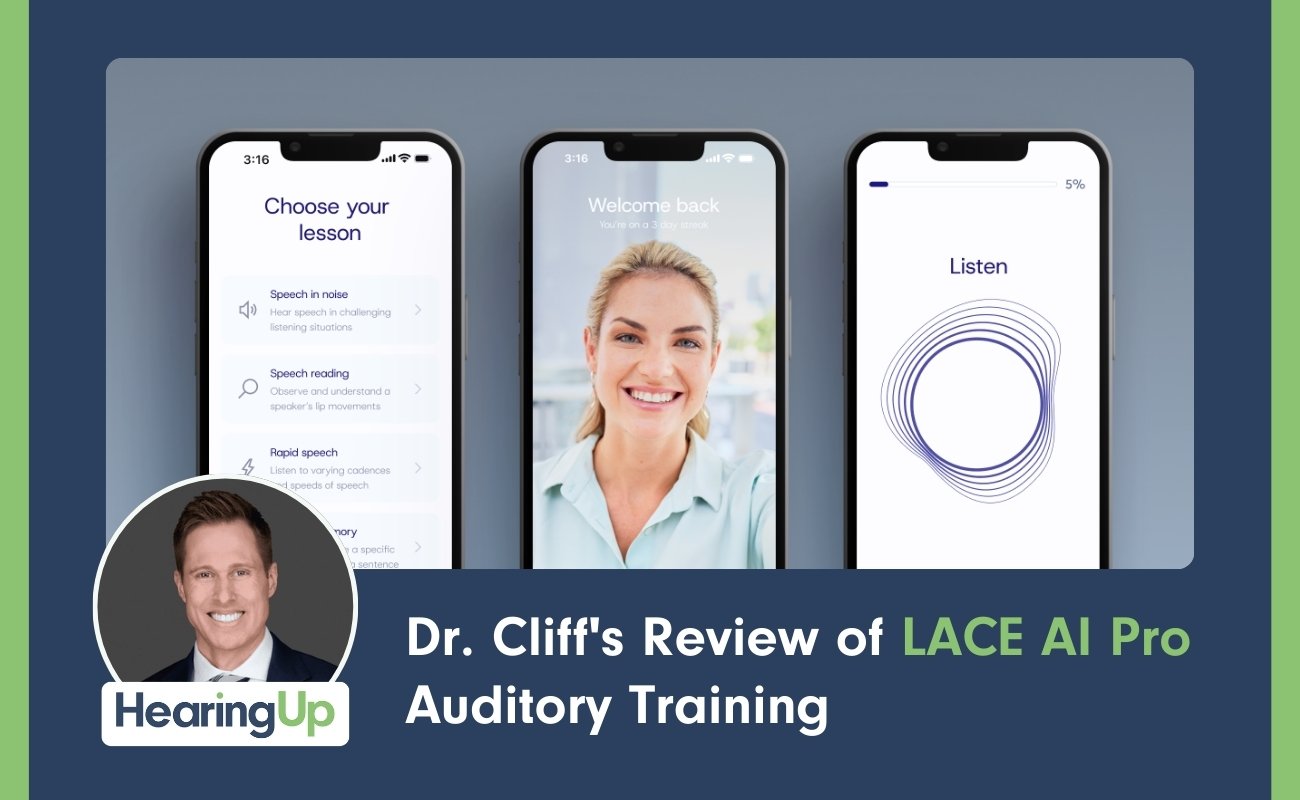Best Practices
Satisfaction with hearing instruments has steadily improved over the last 30 years, there are still individuals that are unhappy with their treatment outcomes. Perhaps the number one reason for this is the underutilization of Best Practices in hearing aid fittings. Best practices are a set of standards that are proven by research to result in you hearing your absolute best. Audiologists who are committed to providing the highest quality of care will ensure that they following best practices to maximize the amount of benefit you receive from treating your hearing loss.
Now, the Academy of Audiology has created an entire guideline for the best practices for treating adults with hearing loss. You can read the entire document here. I will also summarize the guidelines below.
Best Practice Guidelines:
1.Assessment and goal setting
Several steps should be taken before hearing treatment is even considered. You hearing care provider should be taking a comprehensive case history and determining the need for cerumen (earwax) removal. A comprehensive auditory evaluation is the next step which should include air/bone conduction, word recognition testing, and speech-in-noise testing. Your audiologist will then review the type and severity of your loss, make a medical referral if needed, and discuss all the hearing test results with you. Once determined to be a candidate, it is important that a lifestyle needs assessment is conducted. This will allow your audiologist to learn about your wants and needs and be able to make the best technology recommendation according to your lifestyle. It will help to establish patient-specific goals and set realistic expectations.
2.Technical aspects of treatment
The proper selection of the correct hearing devices is chosen as a result from a number of decisions based on your needs and wants. Important factors in hearing aid selection include style of the device(s), monaural versus binaural, need for a telecoil, noise reduction capabilities, desire for Bluetooth and app connectivity, and many more. Once the hearing aids are selected, your audiologist should be performing a test box measure. This is a quality control measure to ensure the devices are meeting manufacturer specifications and functioning they way that they should. The next step is fitting and verification. Real-Ear measurements are a form a probe-tube verification that allows your hearing care professional to verify that the programming of your hearing aids aligns with the prescription of your hearing loss. One other important, often overlooked aspect of treatment is the use of hearing assistive technology (HAT). Sometimes hearing aids alone are not enough to address all the needs of the patient, especially in noisy environments or when the speaker is a considerable distance away. HAT, such as remote microphones, can be used to improve the signal-to-noise ratio and provide significantly better speech understanding in complex listening environments.
3.Orientation, counseling, and follow-up
A thorough and detailed hearing aid orientation can make or break your success with hearing treatment. Your audiologist should be reviewing device-related things such as insertion/removal of the devices, proper care and maintenance, and how to adjust volume/change programs. Part of a successful orientation will also include what to expect as you adjust to hearing a whole new world. Hearing aids alone do not necessarily correlate to communication success. Proper counseling is an important component to treatment to ensure that you and your primary communication partner(s) develop appropriate strategies to maximize the assistance received from hearing aids. You should also have regular follow-up visits with your hearing care provider to check the programming, get thorough maintenance on the devices, and have your hearing tested annually. This will make sure you continued success for years to come.
4.Assessing outcomes
This is known as the “validation” stage. It allows both the audiologist and the patient to assess if treatment goals have been met. By using a subjective outcome measure, we can evaluate whether hearing treatment has improved quality of life, increased speech understanding in everyday listening situations, and decreased participation restrictions. In other words, this fourth and final step is crucial to demonstrate if the patient is actually perceiving benefit from their hearing aids. Common subjective measures include the Abbreviated Profile of Hearing Aid Benefit (APHAB), Client Oriented Scale of Improvement (COSI), and Hearing Handicap for the Elderly (HHIE).
All of these guidelines can seem overwhelming. That is why is it important to have a provider that is dedicated to following best practices every step of the way so you can be confident in the care you are receiving. But remember, you have to be an advocate for yourself, too. Don’t be afraid to ask your provider if they perform Real-Ear measurements or have electroacoustic analysis equipment. If you want to be sure that you are getting the most out of you hearing treatment, take a look at these checklists. We have created a detailed set of documents with the proper process and procedures that you can actually print out and take with you to your next appointment.
Dr. Cliff's Pros and Cons for









